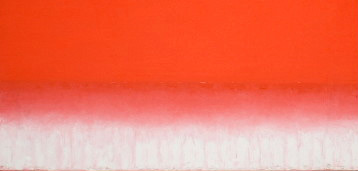A Postcard from 1956: National Stereotypes and Ideological Clichés in Czechoslovakia
Lecture by Muriel Blaive (in English)
Zachęta's Facebook
live stream
Event in English. Live stream on Zachęta’s Facebook and Youtube channel.
Czechoslovak popular opinion was highly excited by the Hungarian revolution and the Polish events of 1956. Czechs and Slovaks attempted to make sense of these troubling developments by analyzing each other and their neighbors, both in national and ideological terms. Amusing and touching rumors and anecdotes, as well as letters and geopolitical analyses soluble in beer, allow us to reconstruct the world as it appeared back then. The country thought of itself as a bastion of communism – but one that might topple any minute.
Muriel Blaive, PhD is a socio-political historian of postwar, communist, and post-communist Central Europe, in particular of Czechoslovakia and the Czech Republic, with a specialization in oral and everyday life history. She is a researcher at the Institute for the Study of Totalitarian Regimes in Prague.
The project is co-financed by the Governments of Czechia, Hungary, Poland and Slovakia through Visegrad Grants from International Visegrad Fund. The mission of the fund is to advance ideas for sustainable regional cooperation in Central Europe:

-
27.05 – 10.10.2021Cold RevolutionCentral and Eastern European Societies in Times of Socialist Realism, 1948–1959
The curators of the exhibition undertake a critical reflection on the changes taking place at that time, illustrating their scale and dynamics using visual material from the fields of painting, photography, film, design and architecture. It includes over 400 works from six countries of the former Eastern Bloc: Poland, Czechoslovakia, East Germany, Bulgaria, Romania and Hungary.
Zachęta – National Gallery of ArtZachęta

